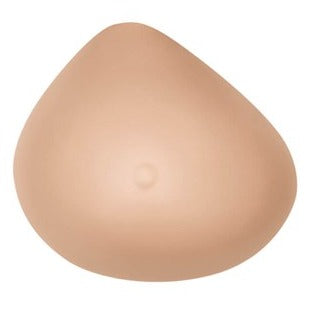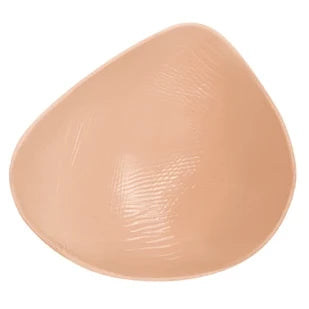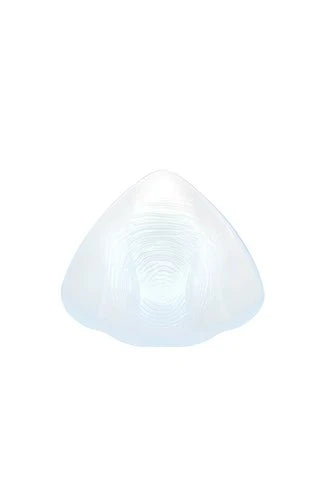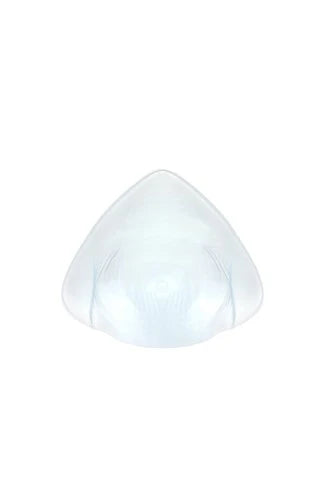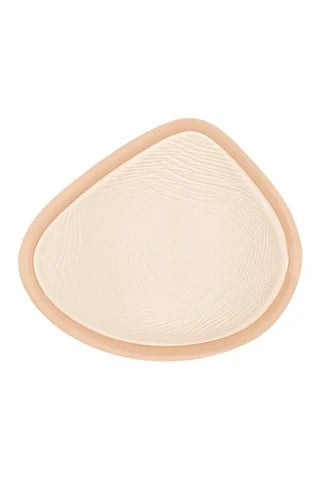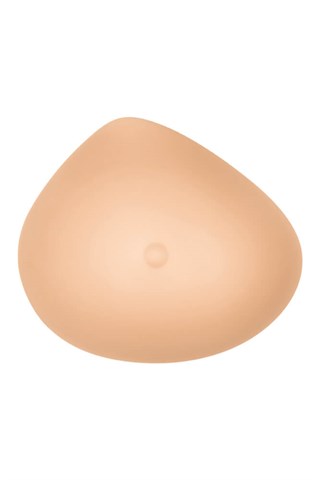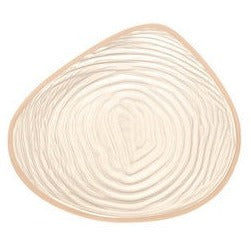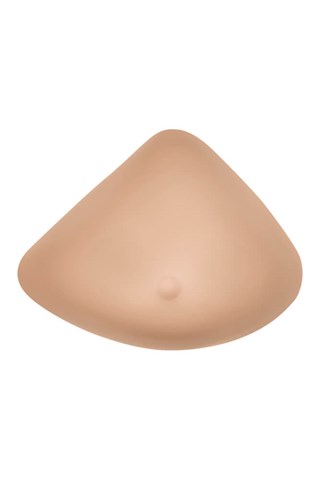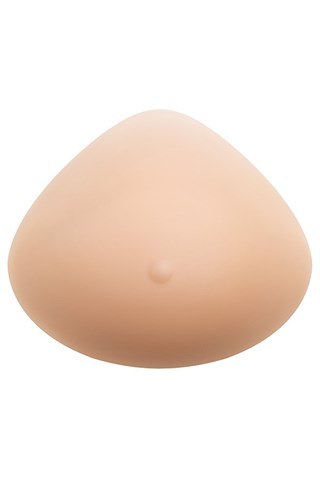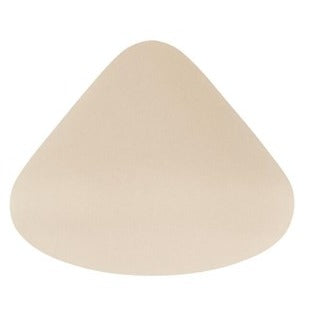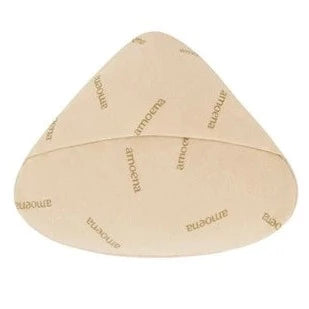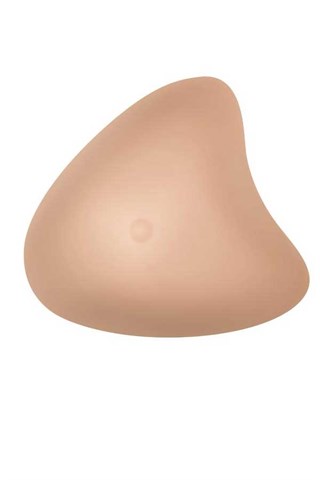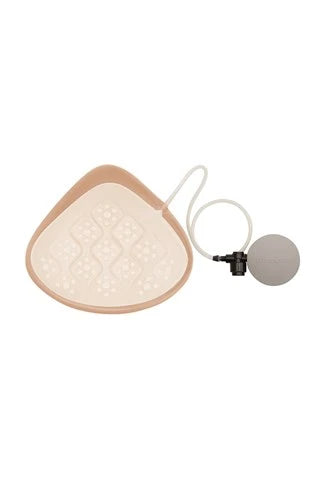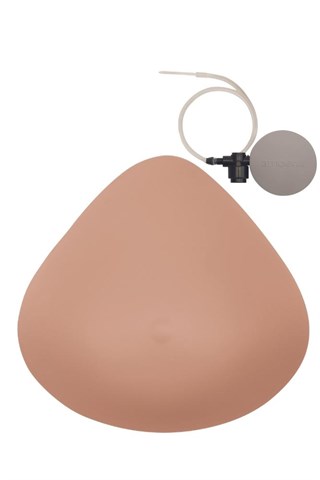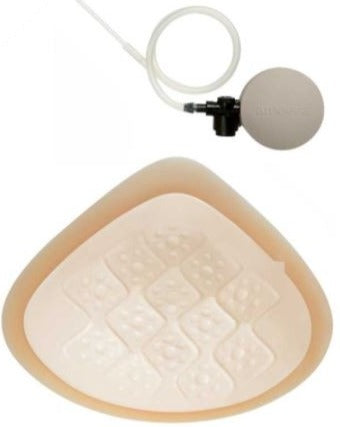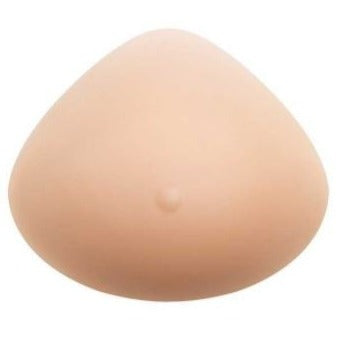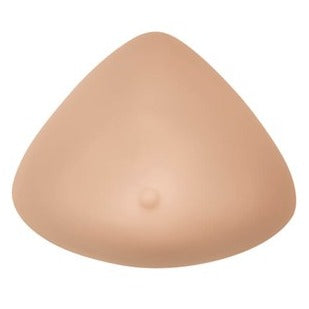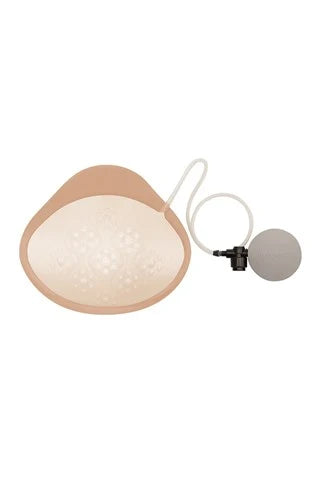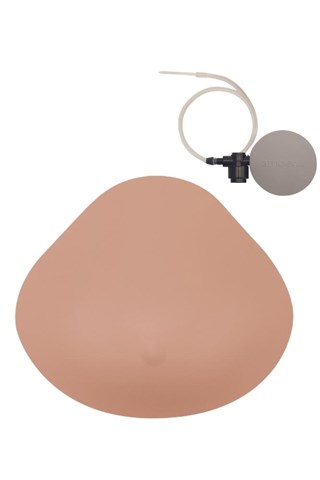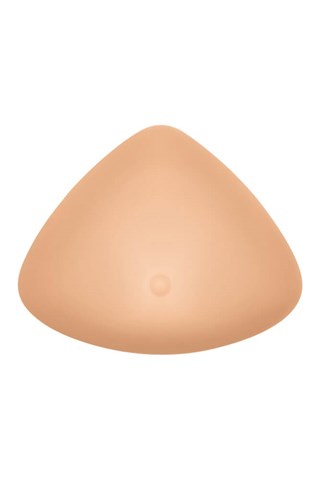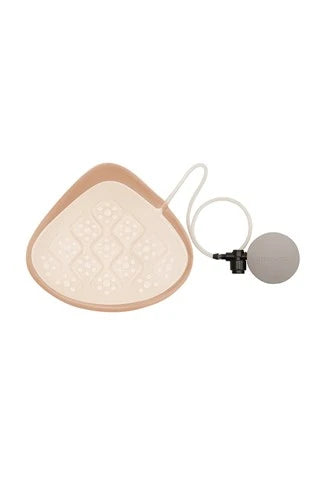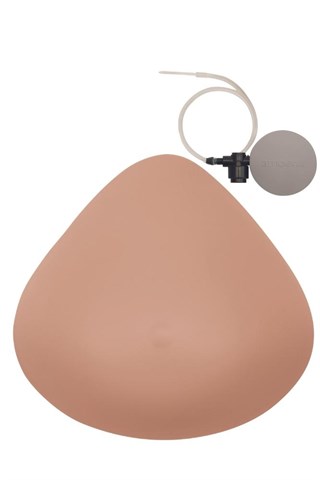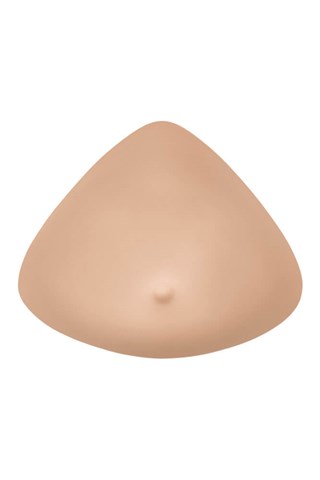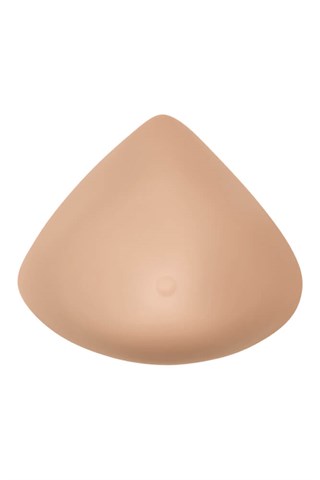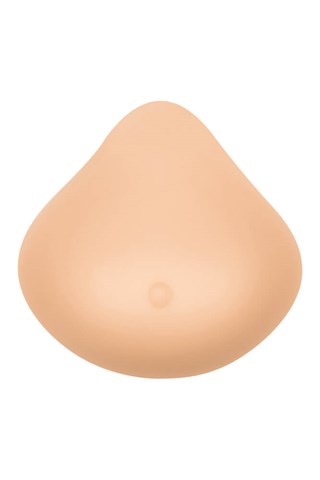
Navigating Life After Breast Cancer: The Pros and Cons of Breast Prosthetics vs. Going Without
Share
Breast cancer is a transformative experience, and for many women, a mastectomy is part of that journey. The decision to use a breast prosthesis or go without one is highly personal, influenced by factors such as comfort, lifestyle, and individual preferences. At Naturally You Specialty Boutique, we understand the importance of weighing the pros and cons of both options to help you make an informed decision that best suits your needs.
Breast Prosthetics: The Pros and Cons
The Advantages
One of the most significant benefits of breast prosthetics is the restoration of body symmetry and the accompanying boost in confidence. Many women feel more comfortable and self-assured in their clothing when they achieve a natural silhouette with a prosthesis. This enhancement in body symmetry often translates into better-fitting clothes, preventing issues like uneven hemlines or gaping necklines. Consequently, you can enjoy a wider range of clothing options, including form-fitting tops and dresses.
Breast prosthetics also offer notable support for your posture. Balancing the weight on both sides of your body can improve posture and reduce strain on the back and shoulders, helping to prevent discomfort or musculoskeletal issues. For those who prefer to avoid additional surgery, breast prosthetics provide a non-invasive alternative to breast reconstruction.
Modern prosthetics are versatile and customizable, available in various shapes, sizes, and materials to ensure a personalized fit. Some even feature adjustable air chambers to accommodate changes in volume or weight, putting you in control of your comfort and appearance.
The Drawbacks
Despite these advantages, some women find breast prosthetics uncomfortable, particularly in hot weather or during physical activities. The weight and feel of the prosthesis can take some getting used to. Additionally, high-quality breast prosthetics can be expensive. While many insurance plans cover the cost, not all do, leading to potential out-of-pocket expenses. In Canada, the ADP program covers up to $195 per prosthetic and $105 for a partial shaper, but medical-grade prosthetics can range between $400 and $500.
There is also an adjustment period to consider. Finding the right prosthesis and becoming accustomed to wearing it can take time. Multiple fittings might be necessary to achieve a comfortable and natural look.
Going Without: The Pros and Cons
The Advantages
For many women, choosing to go without a prosthesis brings a sense of comfort and freedom. Without the additional weight or bulk, there is a liberating feeling, particularly in warm weather or during exercise. This choice also results in significant cost savings, as it eliminates the expense of purchasing and maintaining a prosthesis over time.
Embracing your natural shape can be a powerful statement of body acceptance and empowerment. For some women, going without a prosthesis is a way to embrace their new body and move forward with confidence.
The Drawbacks
However, there are challenges to consider. Without a prosthesis, noticeable asymmetry can affect how clothing fits and looks, which may impact confidence and self-image. The imbalance of weight can potentially lead to posture problems, back pain, and discomfort over time. Additionally, some styles of clothing may not fit or drape as well without a prosthesis, limiting wardrobe choices.
Social perception is another factor. While many women find empowerment in going without a prosthesis, others may feel self-conscious or worry about societal perceptions and comments.
Making the Decision
The decision to wear a breast prosthesis or go without is deeply personal and varies from woman to woman. It’s essential to consider your lifestyle, comfort, and personal preferences when making this choice. Consulting with a healthcare provider or a specialist in post-mastectomy care can provide valuable insights and support.
Remember, there is no right or wrong choice—only what feels best for you. Whether you choose to wear a prosthesis or embrace your natural shape, the most important thing is to find a path that makes you feel confident, comfortable, and empowered. Your journey is unique, and your decision should reflect what makes you feel the most like yourself.

